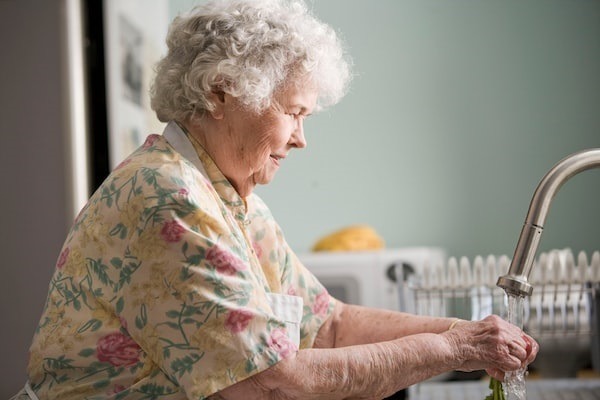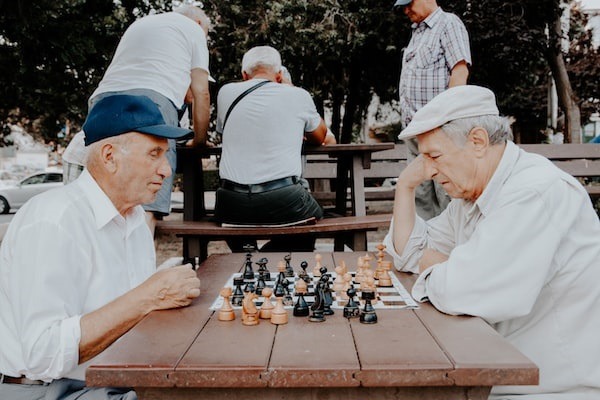Alzheimer’s disease is a devastating condition that affects millions of people worldwide. As the disease progresses, it can lead to the complete loss of independence and the need for full-time care. This is why it is so crucial to be aware of the symptoms of Alzheimer’s disease. One common occurrence that is a hallmark of dementia and specific types of dementia like Alzheimer’s disease is sundowning. However, even though many of us have heard this term before, few of us know much about what it means. Fortunately, there are resources that can help. If you want to learn more, keep reading to find out what sundowning is and how it can be treated.
What is sundowning?
Alzheimer’s sundowning, also known as sundown syndrome or sundowner’s syndrome, is an increase in confusion and agitation among individuals with Alzheimer’s disease or other dementias in the late afternoon and evening hours. It can cause a variety of symptoms that range from restlessness to aggression to paranoia. The exact causes of this phenomenon are not well understood, but it likely has something to do with changes in circadian rhythms associated with dementia-related brain damage. Sundowning can happen at any time, but these behaviors tend to be more common following sunset.
There are several strategies that caregivers can use to reduce episodes of sundowning and improve the quality of life for both patients and those who care for them. You should encourage physical activity throughout the day as much as possible. A balanced diet with plenty of hydration also plays an important role in reducing symptoms as it supports overall health while providing energy during periods when alertness may be lower than usual. Additionally, establishing a consistent routine can minimize disruptions by reducing surprises.
Light therapy has also been found effective at managing sundowning because exposure to bright light helps reset circadian rhythms which can be disrupted due to age-related disorders like dementia or Alzheimer’s disease. Light therapy should start early in the afternoon so it reaches peak intensity just after sunset before gradually decreasing over time towards bedtime.
Aside from natural light therapy, continued use of red light therapy at home as a treatment for Alzheimer’s and dementia showed that it could help improve cognitive function, memory, and sleep while reducing angry outbursts, anxiety, wandering, and olfactory dysfunction.
How can you take better care of a loved one with Alzheimer’s?
Now that you know more about sundowning, let’s discuss some of the other things you can do to take care of a loved one with Alzheimer’s disease. For example, you need to make it a priority to socialize with them. Regular socialization can provide an opportunity to stay connected with their community. Social activities reduce feelings of isolation and provide a distraction from the physical and emotional challenges of the disease. Having meaningful conversations can even stimulate the brain to maintain cognitive functioning.
Home modifications for accessibility are a worthwhile investment too. Home modifications for accessibility can range from simple changes, such as installing grab bars in the bathroom, to more involved changes, such as widening your home’s doorways and adding ramps. These modifications can be customized to meet the individual’s needs, allowing them to live as independently as they can. If you’re not sure what modifications are best, then you should talk to a contractor to see what they recommend for your loved one’s home.
As illustrated in this article, sundowning is a phenomenon that you should be aware of and understand, as it can have a major impact on those with dementia and their loved ones. You should teach yourself to recognize the symptoms of sundowning and to be aware of possible triggers, in order to create a plan to manage the symptoms. Other changes, like increased socialization and home modifications for accessibility, can be extremely beneficial too. Through proper education and support, individuals with Alzheimer’s and their families can manage sundowning and provide the best possible care.


